Magnesium Ascorbyl Phosphate Extra Pure
$ 21.25 Original price was: $ 21.25.$ 21.12Current price is: $ 21.12.
Magnesium Ascorbyl Phosphate Extra Pure is a highly stable, water-soluble derivative of Vitamin C, widely appreciated for its exceptional antioxidant properties and gentle skin compatibility. Commonly used in cosmetic and dermatological formulations, it helps brighten the skin, reduce hyperpigmentation, and support collagen synthesis—making it a valuable ingredient in anti-aging and skin-repair treatments. Its stability against oxidation allows it to retain potency longer than pure ascorbic acid, especially in aqueous solutions. With pharmaceutical and cosmetic grade purity, this compound is ideal for use in serums, lotions, and creams targeting a healthy, radiant complexion.
Magnesium Ascorbyl Phosphate Extra Pure
Primary Uses
- Antioxidant Studies:
- Used in biochemical and pharmaceutical labs to investigate its antioxidant properties, especially in comparison to ascorbic acid (Vitamin C).
- Dermatological and Cosmetic Testing:
- Commonly employed in skin cell culture studies to explore collagen synthesis, skin brightening, and UV protection.
- Stability Testing of Vitamin C Derivatives:
- Investigated in formulation labs for its greater stability over ascorbic acid in water-based systems, especially under light and air exposure.
Secondary Uses
- Cellular Biology Research:
- Applied in cell biology labs for studying cellular uptake of Vitamin C analogues and their effect on oxidative stress.
- pH Stability Trials:
- Used in controlled experiments to assess stability of cosmetic actives across pH ranges, especially in buffer systems.
- Analytical Chemistry:
- Can be included in HPLC or UV-Vis studies as a standard or analyte when testing cosmetic or pharmaceutical formulations containing Vitamin C derivatives.
| PACK SIZE |
500 grams Plastic Tin |
|---|
1. Basic Identification Attributes
- Chemical Name: Magnesium Ascorbyl Phosphate
- Synonyms: MAP, L-Ascorbic acid magnesium phosphate salt
- CAS Number: 114040-31-2
- Molecular Formula: C6H6O9P·Mg
- Molecular Weight: ~220.4 g/mol
- Appearance: White to off-white powder
- Odor: Odorless
- Solubility: Soluble in water
- Grade: Extra Pure (high-purity grade for research and specialized formulations)
2. Safety & Hazard Attributes
- GHS Classification:
- Not classified as hazardous under GHS for typical lab use
- Hazard Statements:
- Generally regarded as safe in handling; low toxicity
- Avoid inhalation of dust or contact with eyes
- Precautionary Statements:
- P261: Avoid breathing dust
- P280: Wear gloves and eye protection
- P305+P351+P338: If in eyes, rinse cautiously with water
- Personal Protective Equipment (PPE):
- Safety goggles
- Nitrile or latex gloves
- Lab coat
- Dust mask in case of airborne particles
- First Aid Measures:
- Inhalation: Move to fresh air; seek medical advice if irritation occurs
- Skin Contact: Wash with water and soap
- Eye Contact: Rinse thoroughly; seek attention if irritation persists
- Ingestion: Rinse mouth; not expected to be harmful in small amounts
- Fire Hazards:
- Non-flammable
- Use standard extinguishing media: CO₂, foam, water spray
3. Storage & Handling Attributes
- Storage Conditions:
- Store in tightly sealed container
- Keep in a cool, dry place, protected from light and humidity
- Avoid exposure to air to prevent degradation
- Handling Tips:
- Use in well-ventilated areas
- Avoid creating or inhaling dust
- Minimize direct contact
4. Laboratory Applications
- Primary Uses:
- As a stable Vitamin C derivative in research on antioxidant activity
- Skin biology experiments involving collagen synthesis, melanin inhibition
- Cell culture studies involving oxidative stress and photoprotection
- Secondary Uses:
- Ingredient analysis for cosmetic and dermatological formulations
- Evaluation of vitamin C delivery systems
- Stability studies comparing ascorbic acid derivatives
SAFETY PRECAUTIONS
Personal Protective Equipment (PPE):
- Wear a lab coat, nitrile gloves, and safety goggles.
- Use a dust mask if powder is airborne.
- Work in a well-ventilated area or fume hood.
Handling:
- Avoid inhalation of dust.
- Prevent contact with skin, eyes, and clothing.
- Do not eat, drink, or smoke while handling.
- Wash hands thoroughly after use.
Storage:
- Store in a cool, dry, and dark place.
- Keep the container tightly closed and away from oxidizers and moisture.
- Protect from light and heat to prevent degradation.
FIRST AID MEASURES
Inhalation:
- Move to fresh air immediately.
- Seek medical attention if respiratory symptoms persist.
Skin Contact:
- Wash with soap and water.
- Remove contaminated clothing.
- Seek medical attention if irritation or rash occurs.
Eye Contact:
- Rinse cautiously with clean water for at least 15 minutes.
- Remove contact lenses if present and easy to do.
- Seek medical assistance if irritation continues.
Ingestion:
- Rinse mouth with water.
- Do not induce vomiting.
- Seek medical advice if symptoms appear.
FIRE FIGHTING MEASURES
Flammability:
- Not considered flammable under normal conditions, but dust may pose a combustion hazard in air.
Extinguishing Media:
- Use dry chemical, foam, or carbon dioxide (CO₂).
- Water spray may be used to cool exposed surfaces.
Hazardous Combustion Products:
- May emit carbon oxides and phosphorus oxides when decomposed by fire.
Firefighter Protection:
Wear self-contained breathing apparatus (SCBA) and full protective gear.


 Preservatives(food)
Preservatives(food) Flavor Enhancers
Flavor Enhancers Acidulants
Acidulants Sweeteners
Sweeteners Antioxidants
Antioxidants Colorants(food)
Colorants(food) Nutraceutical Ingredients (food)
Nutraceutical Ingredients (food) Nutrient Supplements
Nutrient Supplements Emulsifiers
Emulsifiers
 Collectors
Collectors Dust Suppressants
Dust Suppressants Explosives and Blasting Agents
Explosives and Blasting Agents Flocculants and Coagulants
Flocculants and Coagulants Frothers
Frothers Leaching Agents
Leaching Agents pH Modifiers
pH Modifiers Precious Metal Extraction Agents
Precious Metal Extraction Agents
 Antioxidants(plastic)
Antioxidants(plastic) Colorants (Pigments, Dyes)
Colorants (Pigments, Dyes) Fillers and Reinforcements
Fillers and Reinforcements Flame Retardants
Flame Retardants Monomers
Monomers Plasticizers
Plasticizers Polymerization Initiators
Polymerization Initiators Stabilizers (UV, Heat)
Stabilizers (UV, Heat)
 Antifoaming Agents
Antifoaming Agents Chelating Agents
Chelating Agents Coagulants and Flocculants
Coagulants and Flocculants Corrosion Inhibitors
Corrosion Inhibitors Disinfectants and Biocides
Disinfectants and Biocides Oxidizing Agents
Oxidizing Agents pH Adjusters
pH Adjusters Scale Inhibitors( water)
Scale Inhibitors( water)
 Antioxidants(cosmetic)
Antioxidants(cosmetic) Emollients
Emollients Fragrances and Essential Oils
Fragrances and Essential Oils Humectants
Humectants Preservatives
Preservatives Surfactants(cosmetic)
Surfactants(cosmetic) Thickeners
Thickeners UV Filters
UV Filters
 Fertilizers
Fertilizers Soil Conditioners
Soil Conditioners Plant Growth Regulators
Plant Growth Regulators Animal Feed Additives
Animal Feed Additives Biostimulants
Biostimulants Pesticides (Herbicides, Insecticides, Fungicides)
Pesticides (Herbicides, Insecticides, Fungicides)
 Active Pharmaceutical Ingredients (APIs)
Active Pharmaceutical Ingredients (APIs) Excipients
Excipients Solvents(pharmaceutical)
Solvents(pharmaceutical) Antibiotics
Antibiotics Antiseptics and Disinfectants
Antiseptics and Disinfectants Vaccine Adjuvants
Vaccine Adjuvants Nutraceutical Ingredients (pharmaceutical)
Nutraceutical Ingredients (pharmaceutical) Analgesics & Antipyretics
Analgesics & Antipyretics
 Analytical Reagents
Analytical Reagents Solvents(lab)
Solvents(lab) Chromatography Chemicals
Chromatography Chemicals Spectroscopy Reagents
Spectroscopy Reagents microbiology-and-cell-culture-reagents
microbiology-and-cell-culture-reagents Molecular Biology Reagents
Molecular Biology Reagents Biochemical Reagents
Biochemical Reagents Inorganic and Organic Standards
Inorganic and Organic Standards Laboratory Safety Chemicals
Laboratory Safety Chemicals Specialty Laboratory Chemicals(Special Laboratory Equipment)
Specialty Laboratory Chemicals(Special Laboratory Equipment)
 Demulsifiers
Demulsifiers Hydraulic Fracturing Fluids
Hydraulic Fracturing Fluids Scale Inhibitors(oil)
Scale Inhibitors(oil) Surfactants(oil)
Surfactants(oil) Drilling Fluids
Drilling Fluids
 Dyes and Pigments
Dyes and Pigments Bleaching Agents
Bleaching Agents Softening Agents
Softening Agents Finishing Agents
Finishing Agents Antistatic Agents
Antistatic Agents
 Admixtures
Admixtures Waterproofing Agents
Waterproofing Agents Sealants and Adhesives
Sealants and Adhesives Curing Compounds
Curing Compounds Concrete Repair Chemicals
Concrete Repair Chemicals Anti-Corrosion Coatings
Anti-Corrosion Coatings
 Surfactants(cleaning)
Surfactants(cleaning) Builders
Builders Enzymes
Enzymes Solvents (Cleaning)
Solvents (Cleaning) Fragrances
Fragrances
 Electronic Chemicals
Electronic Chemicals Catalysts
Catalysts Lubricants
Lubricants Photographic Chemicals
Photographic Chemicals Refrigerants
Refrigerants Automotive chemicals
Automotive chemicals Pyrotechnic Chemicals
Pyrotechnic Chemicals
 Biodegradable Surfactants
Biodegradable Surfactants Bio-based Solvents
Bio-based Solvents Renewable Polymers
Renewable Polymers Carbon Capture Chemicals
Carbon Capture Chemicals Wastewater Treatment Chemicals
Wastewater Treatment Chemicals
 Pigments
Pigments Solvents(paint)
Solvents(paint) Specialty Coatings
Specialty Coatings Binders/Resins
Binders/Resins Additives
Additives Driers
Driers Anti-Corrosion Agents
Anti-Corrosion Agents Functional Coatings
Functional Coatings Application-Specific Coatings
Application-Specific Coatings
 Fresh Herbs
Fresh Herbs Ground Spices
Ground Spices Whole Spices
Whole Spices Spice Blends
Spice Blends Dried Herbs
Dried Herbs
 Leavening Agents
Leavening Agents Dough Conditioners
Dough Conditioners Flour Treatments
Flour Treatments Fat Replacers
Fat Replacers Decoratives
Decoratives Preservatives(baking)
Preservatives(baking)
 Plasticizers & Softeners
Plasticizers & Softeners Reinforcing Agents
Reinforcing Agents Adhesion Promoters
Adhesion Promoters Vulcanizing Agents
Vulcanizing Agents Antidegradants
Antidegradants Blowing Agents
Blowing Agents Fillers & Extenders
Fillers & Extenders Accelerators & Retarders
Accelerators & Retarders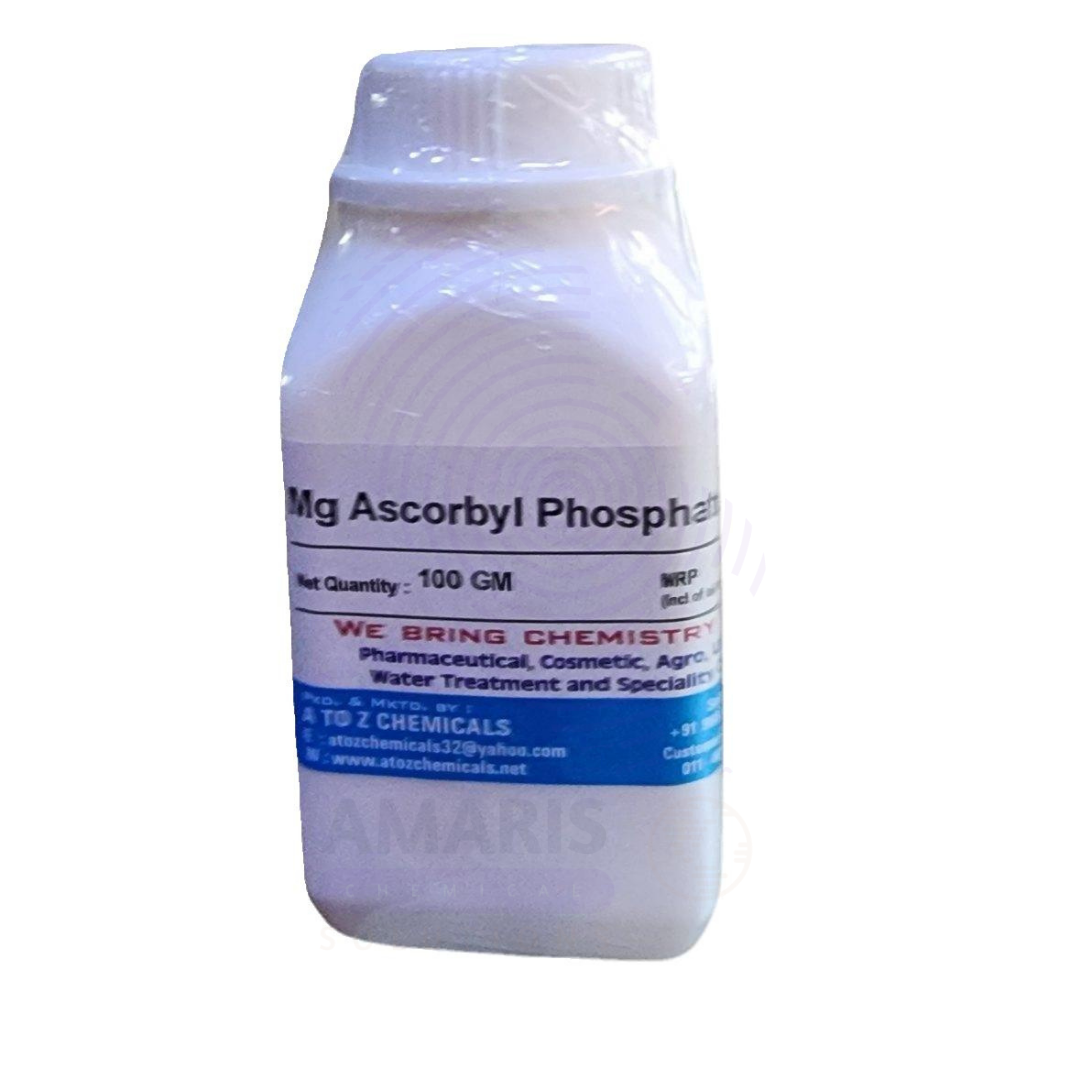
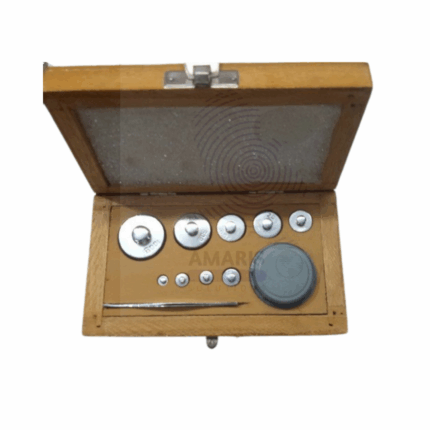


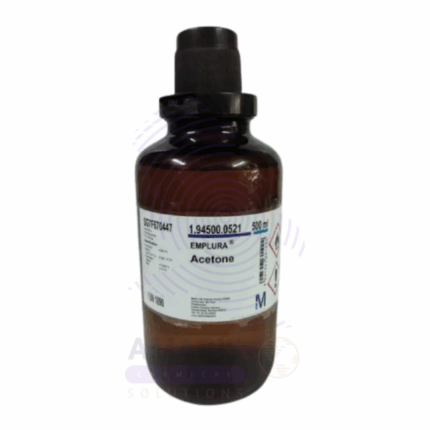
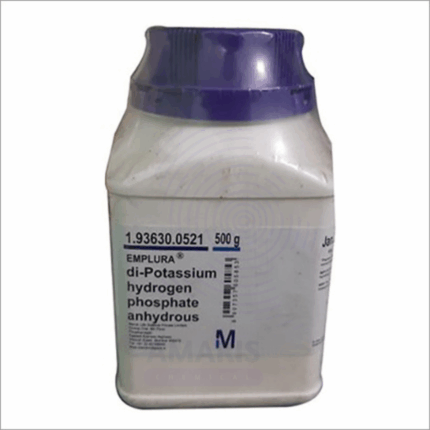
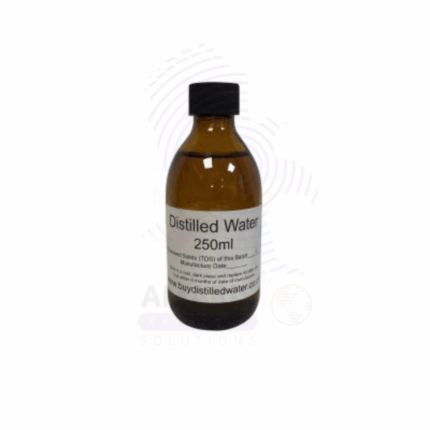
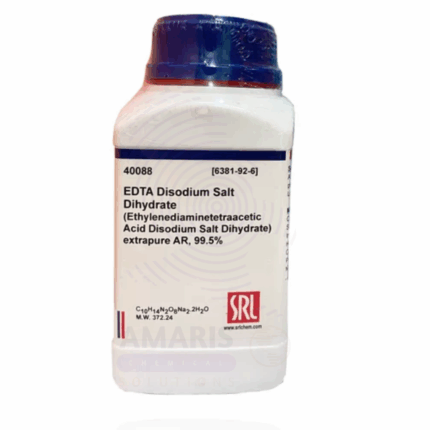
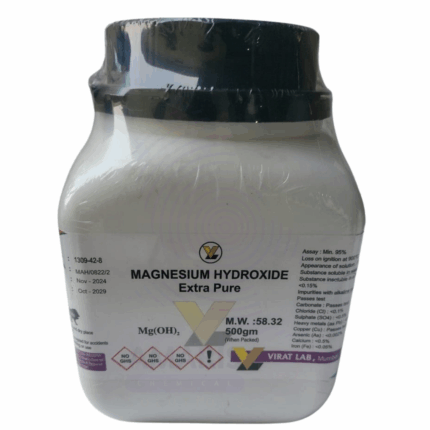
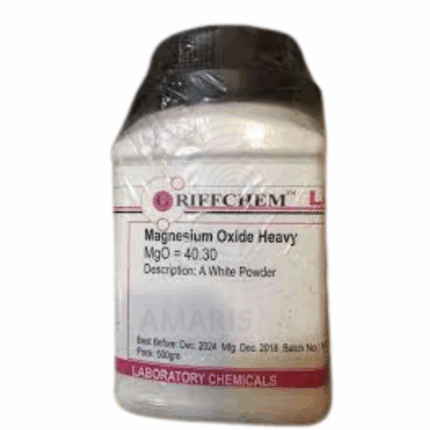

![Nickel Sulphate [NiSO4(H2O)6] Extra Pure Amaris Chemicals](https://amarischemicalsolutions.com/wp-content/uploads/2025/08/Nickel-Sulphate-NiSO4H2O6-Extra-Pure-Amaris-Chemicals-430x430.png)















